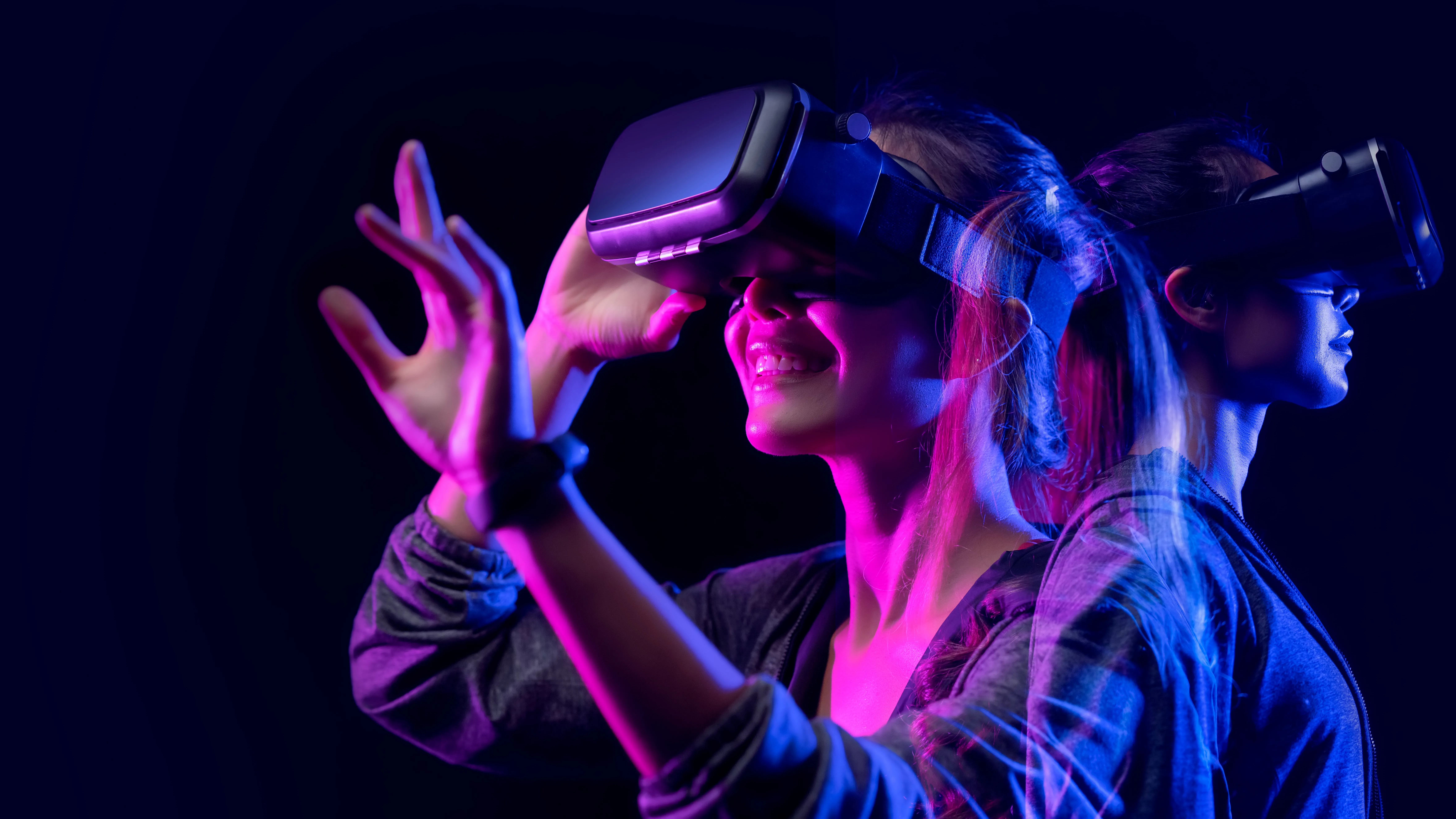In a bold move that signals a major shift in the wearable technology landscape, Google and Samsung have announced a collaboration that positions them as formidable challengers to industry giants Apple and Meta. This partnership marks the entry of both tech behemoths into the mixed-reality arena with a headset powered by a groundbreaking Android operating system designed specifically for extended reality (XR) applications.

Competitive Pricing and Market Strategy
Scheduled for release in 2025, the Samsung-manufactured headset is poised to leverage Android for XR, a platform developed jointly by Google, Samsung, and Qualcomm. This innovative operating system is tailored for a range of hardware, including headsets and glasses, heralding a new era of digital interaction through virtual and augmented reality. Ted Mortonson, a managing director at Baird, highlighted the strategic importance of this move. “Google and Samsung are not just entering the market; they are positioning themselves at the forefront of the future consumer AI landscape,” he told CNN. This partnership is seen as a direct challenge to Apple’s Vision Pro and Meta’s Quest 3, with Mortonson noting that Google’s AI prowess and Samsung’s hardware reliability are key advantages.
A History of Innovation and The Long Road Ahead
While the price of the new headset has not been officially disclosed, industry analysts anticipate that Samsung will aim to undercut Apple’s $3,499 Vision Pro. Meta’s Quest 3, priced at $500, also forms a critical price point benchmark that Google and Samsung will likely consider in order to appeal to a broader consumer base. Scott Kessler, the global sector lead for technology at Third Bridge, emphasized the still-nascent nature of the market, which allows room for innovation and experimentation. “We’re in the early stages,” Kessler remarked, suggesting that the market dynamics are still fluid and open to disruption.

The Potential of XR Technology
This isn’t Google’s first foray into wearable tech. The tech giant previously experimented with Google Glass and the Daydream VR headset, although both products were eventually discontinued. However, Google’s continued investment in generative AI and the acquisition of AI lab Deep Mind in 2014 indicate a long-term commitment to advancing its technological capabilities. The integration of Gemini, Google’s core AI offering rolled out in 2023, with the new Android system will bring advanced features like an AI voice assistant and compatibility with all Android apps to the headset, enriching the user experience significantly.

The Potential of XR Technology
Won-Joon Choi, head of research and development at Samsung’s mobile business, expressed enthusiasm about the new venture. “XR has quickly shifted from a distant promise to a tangible reality,” Choi stated, emphasizing the potential of XR to transform daily interactions by transcending physical boundaries. The new Android for XR operating system also represents a significant business opportunity for Google as it seeks to monetize its AI capabilities. With big tech firms vying for dominance in this lucrative market, the development of such innovative technologies is expected to accelerate, offering consumers new ways to interact with the digital world.
In sum, Google and Samsung’s partnership is not just about competing in the mixed-reality market; it’s about reshaping it. As these tech titans combine their strengths, they are set not only to challenge existing players but also to redefine what is possible in the realm of wearable technology.










